Contents
What is a 'smart building'?
A smart building, also known as a connected or intelligent building, is a structure that uses IoT technology to improve the building’s efficiency and increase the safety and comfort of its occupants. This technology includes a range of systems and devices that are connected to a central control system, usually an energy analytics and industrial IoT platform (such a The Hark Platform), allowing them to communicate with each other and be monitored and controlled remotely.

What are the benefits and features of smart buildings?
One of the key features of a smart building is its ability to automatically adjust its systems and operations based on the needs of the people inside. For example, a smart building might use sensors to monitor the occupancy of different rooms and adjust the lighting, heating, and cooling accordingly. This can help to save energy and reduce costs.
An important aspect of a smart building is its ability to provide a comfortable and safe environment for its occupants. This can include features such as intelligent security systems, which can use cameras, motion detectors, and other sensors to monitor the building and alert authorities in case of an emergency. Smart buildings can also have advanced fire detection and suppression systems, as well as advanced air filtration systems to improve indoor air quality.
Another benefit of a smart building is its ability to improve communication and collaboration among its occupants. Many smart buildings have advanced networking and communication systems, allowing people to easily share information and work together, regardless of where they are located within the building. A key example of this is sending notifications or messages to relevant people via email, text message or instant messenger (such as Slack, Teams, etc.). This allows the right person to get to an issue quickly and ensure its prompt resolution.
Overall, a smart building is a highly advanced and sophisticated structure that uses technology to improve the lives of its occupants and enable managers of the building to make better decisions and save on costs. By using connected systems and devices, smart buildings can save energy, improve safety, and increase productivity, making them an important part of the future of the built environment.
